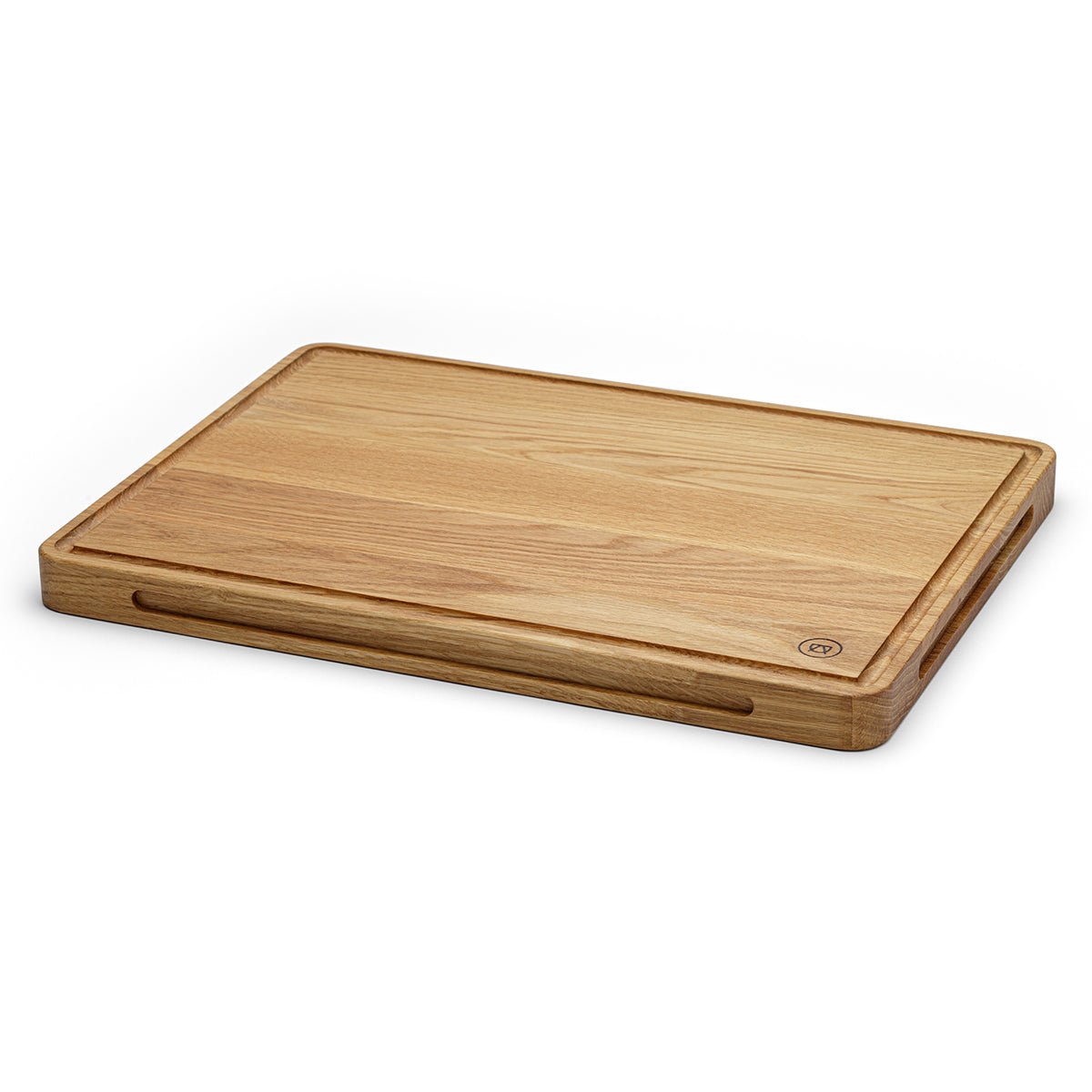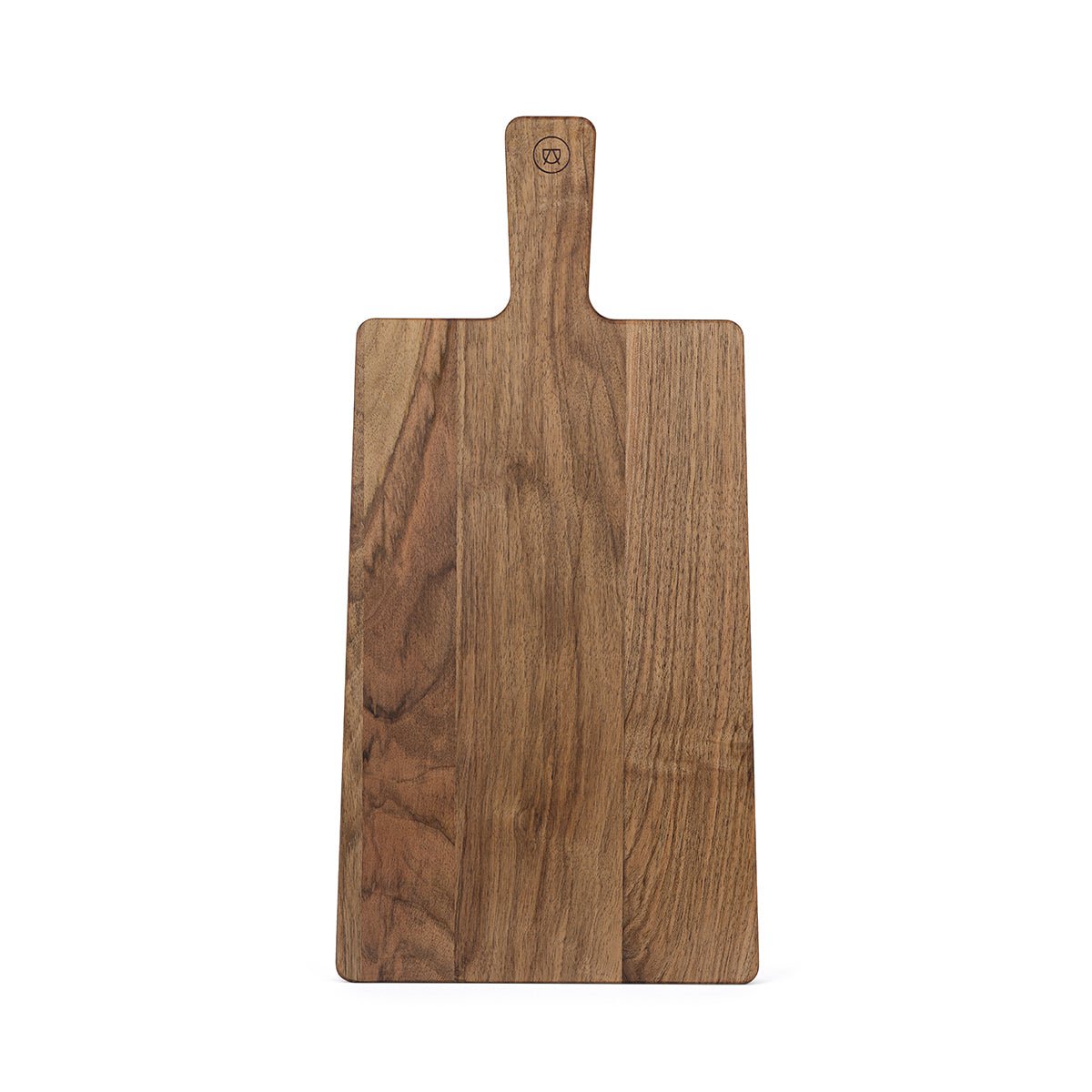- Startseite
- Blogs
- Dictionary
- Timber harvesting
Timber harvesting
Timber harvesting is an important process in forestry and has an impact on ecology, the economy and society. Wood is a useful raw material used for many things, such as furniture, building products and even paper and energy. But how is wood actually harvested and what effect does it have on the environment?
Sustainable timber harvesting is designed to protect and maintain the forest while also providing enough timber for economic and social needs. This means adhering to rotation times, not damaging the trees and following laws and regulations. There are different methods for harvesting wood, such as using machines such as harvesters or fellers, or felling by hand.
There are also alternatives to harvesting wood, such as using recycled wood, renewable raw materials such as bamboo and synthetic materials such as plastic. But each of these options has advantages and disadvantages that should be carefully considered.
Overall, timber harvesting is a complex issue with many different factors that need to be taken into account. It is important that we conserve forest resources while meeting the needs of society.
HÄUFIG GESTELLTE FRAGEN
- How is wood harvested?
Wood is usually harvested using machines such as harvesters or fellers. These machines are operated by experienced machine operators and can cut and load the wood into transport containers quickly and efficiently. In some cases, wood can also be felled by hand, especially for smaller trees or in hard-to-reach areas.
- What factors are taken into account when harvesting wood?
Many factors are taken into account when harvesting timber to ensure that the forest remains healthy and the harvest is sustainable. This includes preserving forest ecosystems, preventing damage to trees and complying with laws and regulations.
- Can wood grow back?
Yes, wood can grow back if harvested correctly. Sustainable forest management is designed to preserve the forest and allow new wood to grow. This includes observing rotation times and planting new trees to maintain the forest population.
- How is wood processed after harvesting?
After harvesting, the wood is first transported to sawmills where it is processed into various wood products. This includes things like boards, beams, furniture and paper. The type of processing depends on the type of wood and the intended area of use.
- Are there alternatives to harvesting wood?
There are some alternatives to timber harvesting that are considered more sustainable options. This includes using recycled wood that comes from old buildings, bridges and other structures. There are also efforts to produce wood from renewable resources such as bamboo. These options can provide a more sustainable alternative to timber harvesting because they have less impact on the forest and reduce the demand for fresh wood. There are also synthetic materials that can be used as a substitute for wood. This includes things like plastics and composites, which can be used as an alternative to wood in some applications. However, there is also criticism of the use of synthetic materials as their production consumes energy and resources and they may not be as environmentally friendly as they are always portrayed. Overall, there are many factors to consider when deciding whether or not to use wood Need to become. Using recycled wood, renewable resources and synthetic materials can provide a more sustainable alternative to timber harvesting, but there are also pros and cons to these options that must be carefully considered.
WEITERE ARTIKEL
Service
Seek
Contact
Terms of Service
Dictionary
Types of wood
Housing guide
Imprint
data protection
Right of withdrawal
Delivery Terms
Conditions
About Us
Press
Our Philosophy
Store in Munich
Einzelhandel
Dropshipping
OEM
Affiliates
Marketingkooperationen
Contact us
About Us
Craftsmanship and design combine in our factory. Our wooden products, from furniture to accessories, stand for quality and tradition. Customers receive aesthetically pleasing pieces that promise durability and value. Every product is a testament to our dedication.




